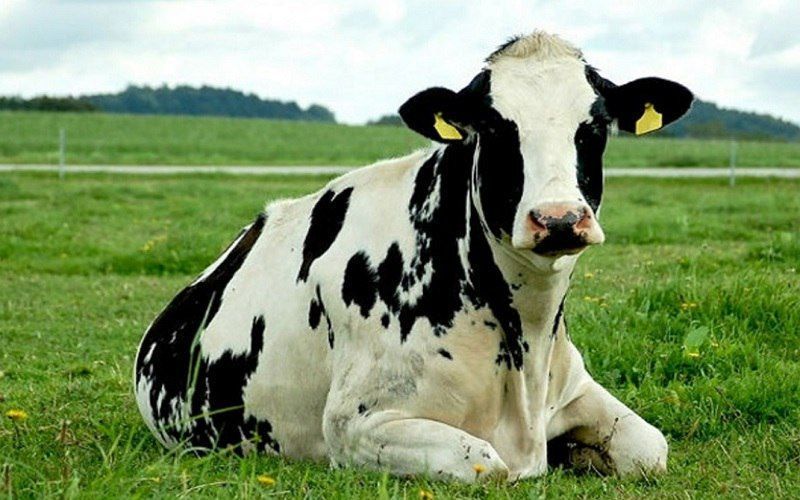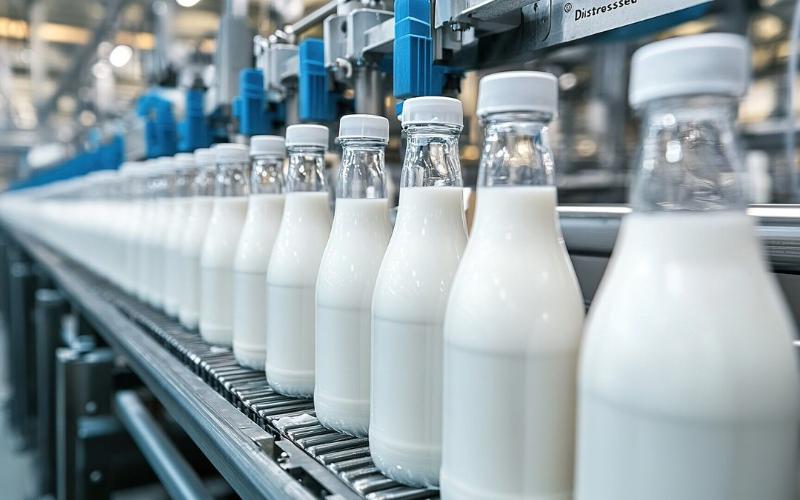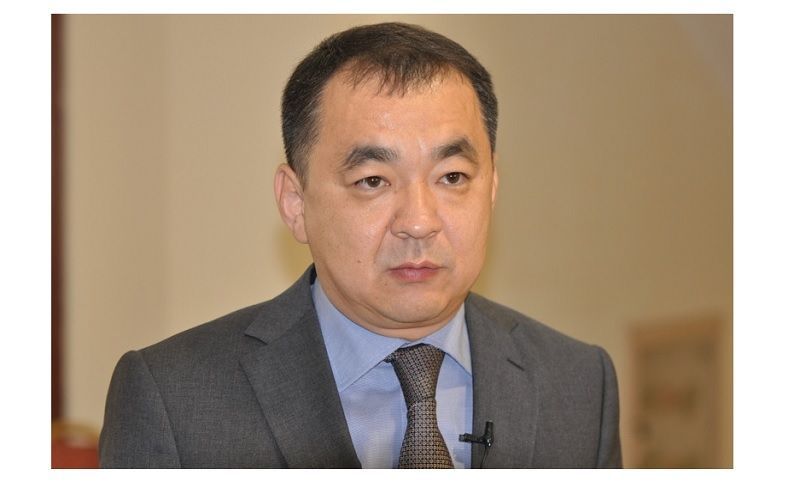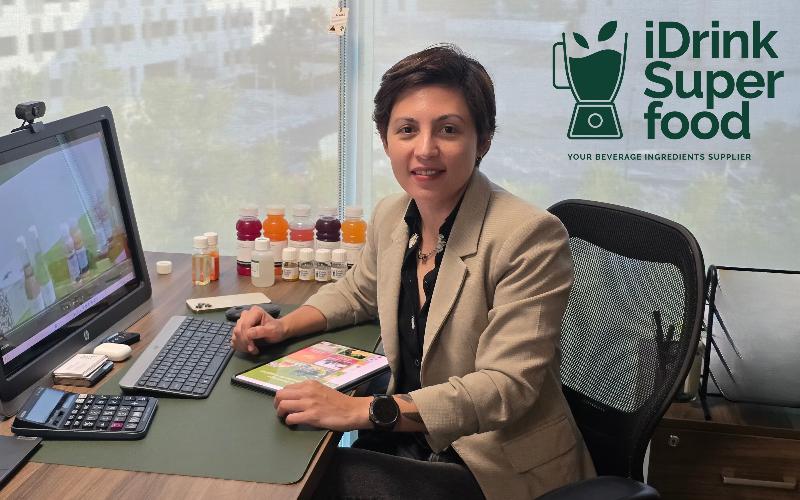Problems that hinder the increase in livestock productivity in Kazakhstan were presented by HALYK Research

According to the “Concept for the development of the agro-industrial complex of the Republic of Kazakhstan for 2021-2030,” the following problems in livestock farming are noted:
-
a high proportion of livestock on private farms that are not adapted to technological processes and do not have enough feed;
-
a significant proportion of outbred livestock, including on private farms;
-
lack of pastures for rural settlements; limited food supply, low volume of forage crops in crop rotation, degradation and low productivity of pastures;
-
difficult epizootic situation and low wages of veterinary specialists;
-
limited use of distant pastures due to insufficient water supply;
-
limited environmental monitoring in the sector;
-
shortage of qualified personnel in livestock farming.
The country's slow agricultural growth is partly due to ineffective government policies in this area, the review's analysts say. Kazakhstan's lag in livestock production compared to the Altai region of the Russian Federation, which has similar geographical conditions, highlights the low productivity of this sector in the country.
HALYK Research highlights key factors slowing productivity in the livestock sector. This is a lack of food supply, an unstable epizootic situation on private farms and outdated equipment for caring for livestock and poultry.
Depreciation of agricultural fixed assets is another important problem. Limited budget resources lead to gradual wear and tear of equipment in state veterinary organizations, which slows down their development. Many peasants and farms do not have the funds to upgrade machinery and other fixed assets due to limited production.

Also, the wear and tear of fixed assets in Kazakhstan’s agriculture is one of its key problems.
Due to limited state budget funds, the material and technical equipment of state veterinary organizations is deteriorating every year. In most of them, fixed assets are physically worn out and obsolete. Due to the small-scale nature of production, many peasant and farm enterprises do not have sufficient resources to update the machine and tractor fleet and other fixed assets.
One of the main reasons for the high level of wear and tear is the underdevelopment of the market for investment lending and leasing in agriculture. “Instead of solving the failures of the agricultural lending market, the state continues to issue preferential loans at low interest rates through development institutions. Since the size of preferential lending is limited, the beneficiaries of such loans are usually large agricultural enterprises. In addition, the lack of private ownership of agricultural land sharply reduces lending volumes due to problems with collateral on land. In addition, one can note the general underdevelopment of the service system, including the low efficiency of work on restoring agricultural machinery parts,” the review says.












